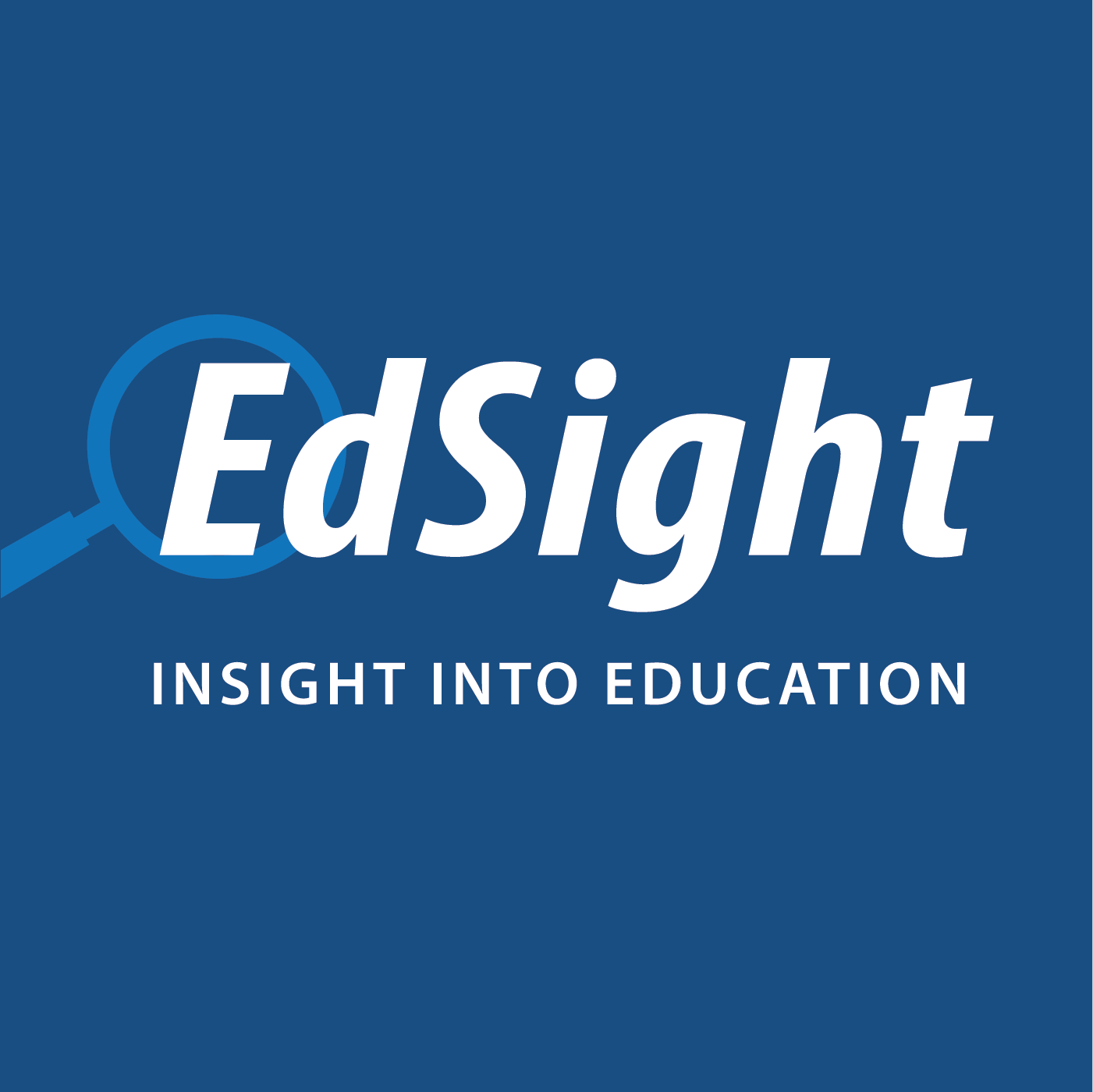
Interactive Data Portal
Data, statistics, and reports about schools, districts, and the state
Settings Menu
Page 124 of 1715
Grade 4: Perspectives on the American Revolution - Building Background Knowledge
Grade 4: Writing and Speaking about the Importance of Voting: Why Vote?
The CSDE encourages districts to use the CT Evidence Guides as a tool for professional development and growth as well as guiding observations. These guides can offer opportunities for valuable professional learning as educators work with one another to generate their own examples of evidence aligned to their respective rubric.
Information pertaining to grant payments and details going back to 2004.
Applications for grants usually involve a request for reimbursement of both direct and indirect costs. Circular A-87 contains provisions for determining indirect cost rates for grantees and subgrantees of federal grants.
Net Current Expenditures per Pupil used for Excess Cost Grant Basic Contributions
The NCEP application provides the latest net current expenditures (NCE), average daily membership (ADM), net current expenditures per pupil (NCEP) and the Special Education Excess Cost grant basic contributions.
The Special Education Excess Cost Data Collection system is used to collect LEA Excess Cost and State Agency Placement Grant data from school districts.
Summative Assessment - Mastery-Based Learning
The goal of summative assessment is to evaluate student learning at the end of an instructional unit by comparing it against some standard or benchmark.
Unit Design - Mastery-Based Learning
Because mastery-based learning focuses on results, the Backward Design approach to unit design fits well. In brief, the stages of the Backward Design approach are summarized below
The Farm-to-School Program involves a variety of school experiences and programs about gardening, educating children about nutrition, and purchasing fresh, locally grown farm products.
Resources for Child Nutrition Programs
Education and training resources for the U.S. Department of Agriculture's Child Nutrition Programs, including school nutrition programs (National School Lunch Program (NSLP), School Breakfast Program (SBP), Afterschool Snack Program (ASP), Fresh Fruit and Vegetable Program (FFVP), Special Milk Program (SMP), and Seamless Summer Option (SSO) of the NSLP), the Child and Adult Care Food Program (CACFP), and the Summer Food Service Program (SFSP).
School Breakfast Program (SBP)
The U.S. Department of Agriculture's SBP provides nutritious breakfasts to students in public and nonprofit private schools and residential child care institutions.
Information and guidance on the U.S. Department of Agriculture's school nutrition programs, including the National School Lunch Program (NSLP), School Breakfast Program (SBP), Afterschool Snack Program (ASP), Fresh Fruit and Vegetable Program (FFVP), Special Milk Program (SMP), and Seamless Summer Option (SSO) of the NSLP.
Information and guidance on the U.S. Department of Agriculture's requirements for school wellness policies in the school nutrition programs.